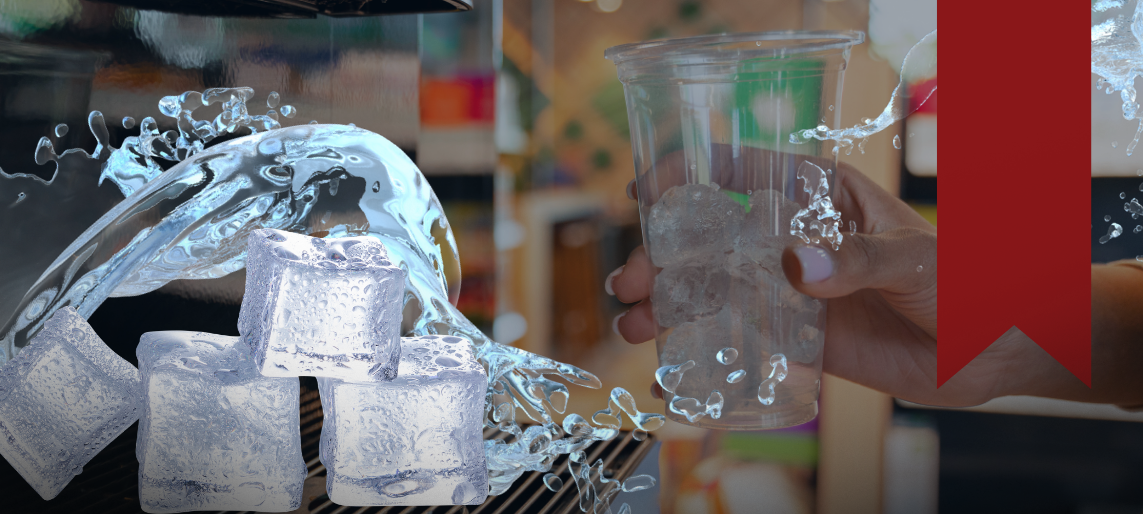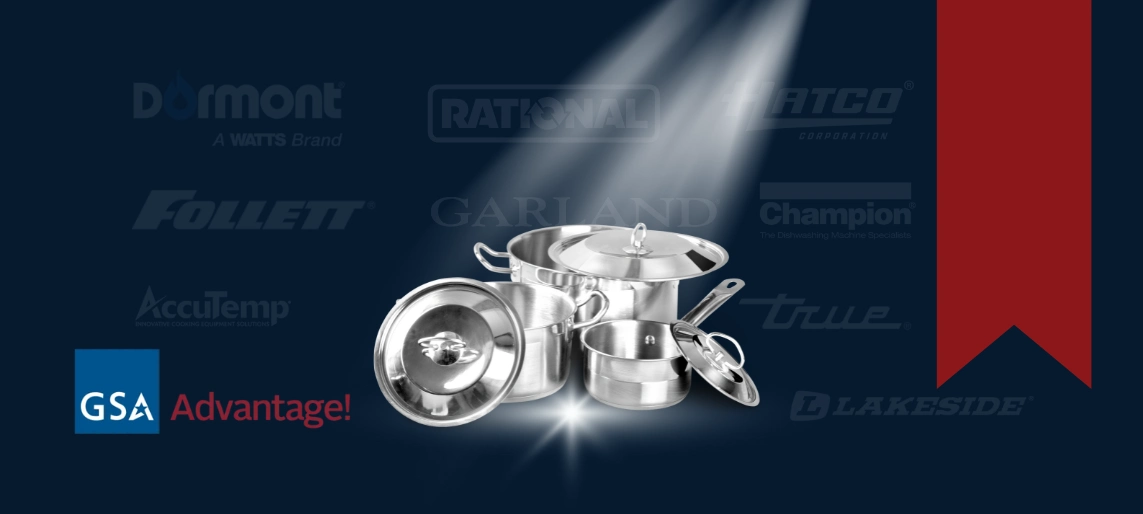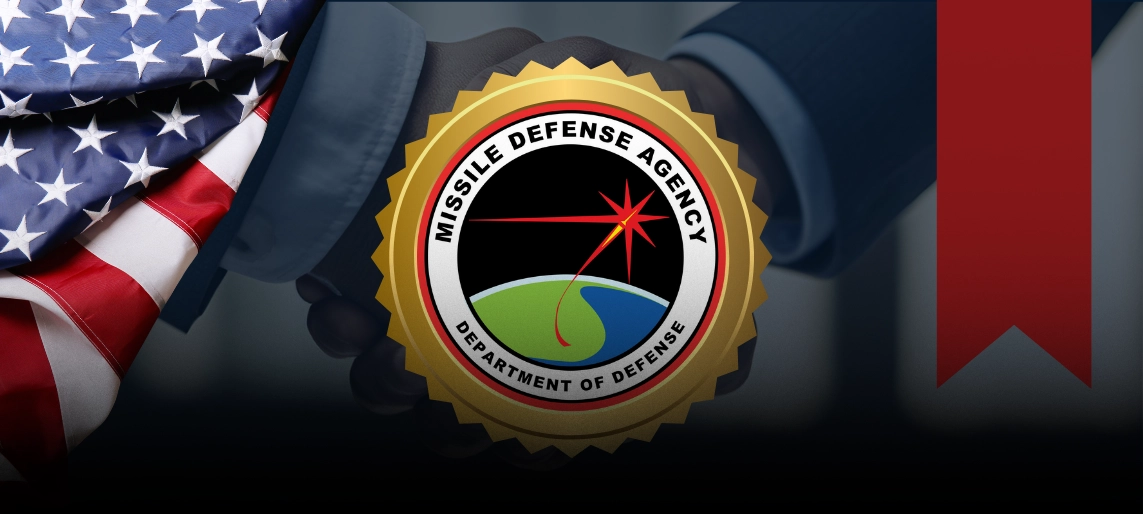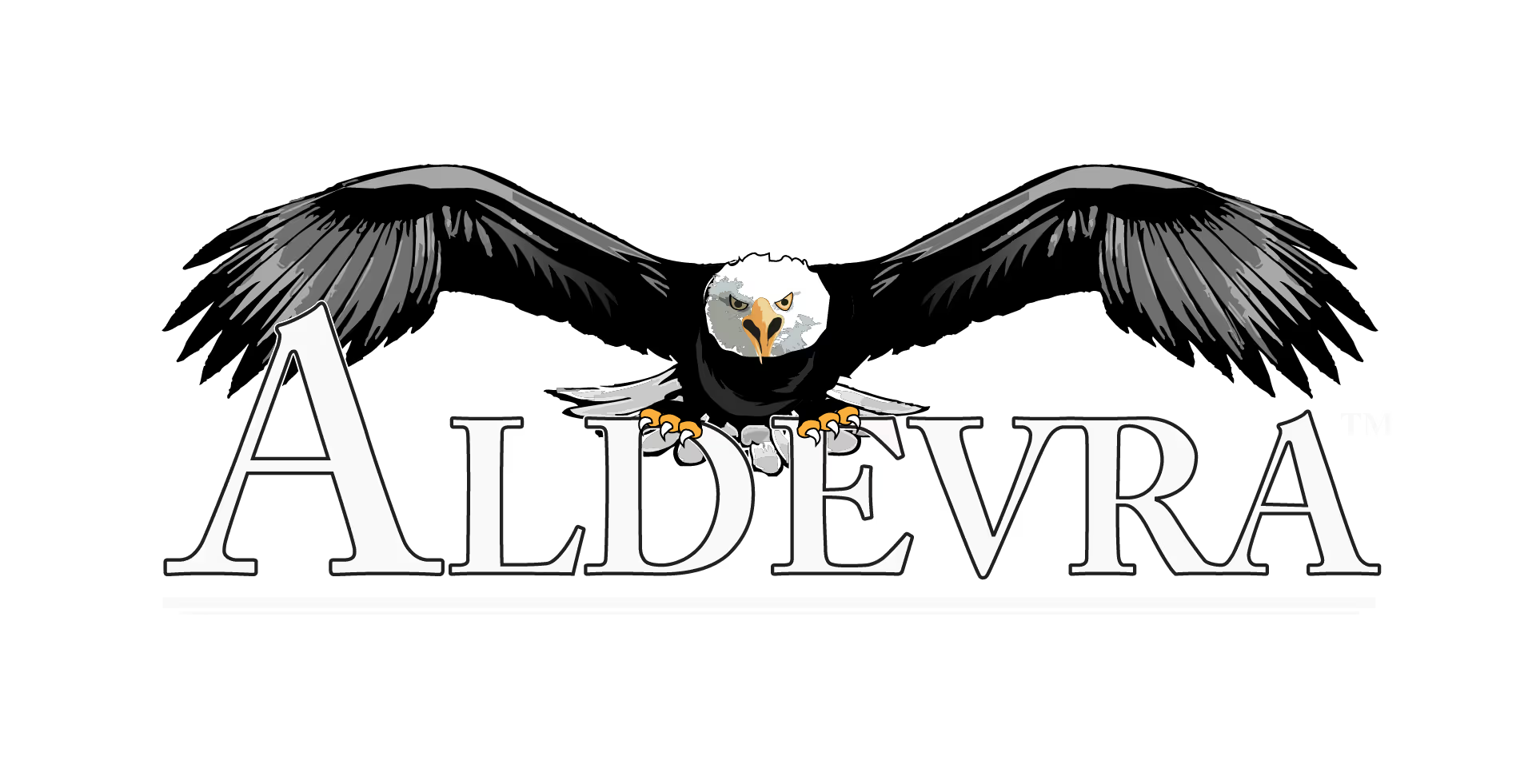
Summary
Summary:
From football stadium carts to farmers markets and food trucks, street food is part of American culture. Learn what’s safe, what’s not, and how the right equipment—like hot holding cabinets, coolers, and hand sinks—keeps food safe.
Street Food Is Part of the Experience
Street food adds flavor and energy everywhere—outside football stadiums, at county fairs, farmers markets, and food truck rallies. But behind every safe vendor is the right equipment. As a commercial kitchen equipment dealer, Aldevra knows what tools make the difference between food that’s safe to eat and food that’s risky.
What to Look For in Vendors
• Hot Food Equipment: Chafing dishes, hot dog rollers, or countertop warmers keep food out of the “danger zone.” These units should keep food above 140°F to prevent bacterial growth. If you don’t see steam or heat, skip it.
• Cold Food Storage: Coolers with ice packs, refrigerated prep tables in food trucks, or portable reach-ins at farmers markets. Cold food should stay cold.
• Handwashing Sinks: Many food trucks and regulated tents are required to have small hand sinks with hot/cold water, soap, and paper towels. If you see one, that’s a sign of good hygiene practices.
• Cooking on the Spot: Griddles, grills, and fryers used right in front of you mean food is cooked fresh. Vendors with portable fryers or grills that look clean and well-maintained usually take safety seriously.
• Protective Barriers: Sneeze guards, covered containers, and tents to keep dust and insects out of the food.
What to Avoid
• Lukewarm Holding Trays: If it looks like food is just sitting out without being held hot, skip it.
• Coolers Without Ice: Warm coolers, melted ice, or coolers left open for long periods are red flags.
• No Sink or Sanitizer: Vendors handling food without any way to wash or sanitize hands.
• Old Oil in Fryers: Portable fryers using dark, burned oil aren’t safe or tasty.
• Cross-Contamination: Watch for raw meat stored near buns, salads, or ready-to-eat items.
Real U.S. Examples
• Football Stadiums: Vendors with roller grills or steam tables keep hot dogs and sausages safe. Skip carts where food sits in lukewarm water.
• Sidewalk Tents: Fresh tacos off a flat-top griddle are safer than pre-made wraps sitting in the sun.
• Farmers Markets: Look for vendors with portable coolers and thermometers. Meat, eggs, and dairy should stay in temperature-controlled storage.
• Food Trucks: Most are equipped with refrigeration units, fryers, and hand sinks. Trucks missing these basics may be cutting corners.
• Fairs & Festivals: Funnel cakes or corn dogs straight from the fryer are fine. Avoid booths with piles of food sitting under heat lamps that aren’t actually hot.
• Roadside BBQ or Seafood: Smoked meats should come hot off the pit, and seafood should be on ice in display coolers—not in warm water or buckets.
Extra Tips to Play It Safe
• Trust vendors using professional-grade equipment—it shows they’re investing in doing it right.
• Eat earlier in the day before heat affects cooler storage.
• Bring your own insulated bag if you’re buying perishables to take home.
• If in doubt, walk away. Safe food isn’t optional.
How Aldevra Helps
At Aldevra, we supply the same equipment you see keeping food safe on the street—portable coolers, hot holding units, fryers, grills, sinks, prep tables, and sneeze guards. When vendors use the right tools, customers can enjoy street food with confidence.
FAQs
Q: Are food truck kitchens regulated like restaurants?
A: Yes—most U.S. cities require food trucks to meet health code standards, including refrigeration, hand sinks, and hot holding equipment.
Q: What equipment should I notice at a farmers market food booth?
A: Look for sealed coolers with ice packs, portable handwashing stations, and thermometers for checking temps.
Q: Why does the oil color matter in fryers?
A: Light oil means it’s fresh. Dark, foamy, or smoky oil is overused and can be unsafe.
Q: What’s the quick rule of thumb?
A: Hot food hot. Cold food cold. Professional equipment helps vendors get this right.











